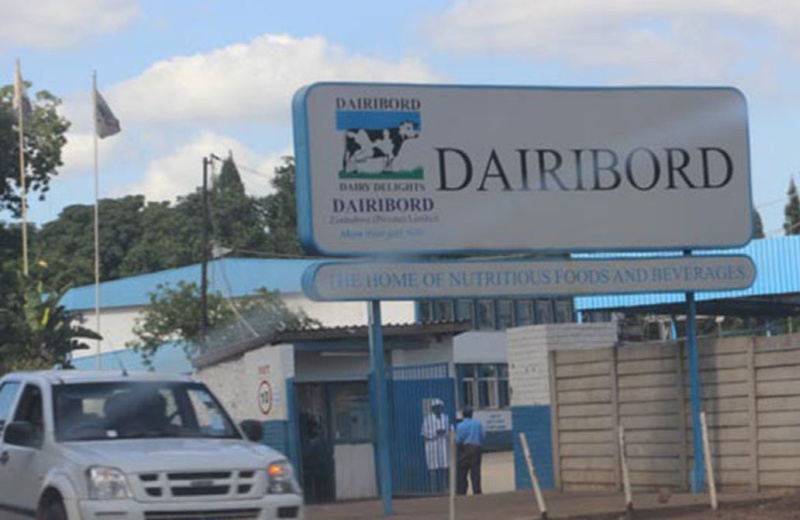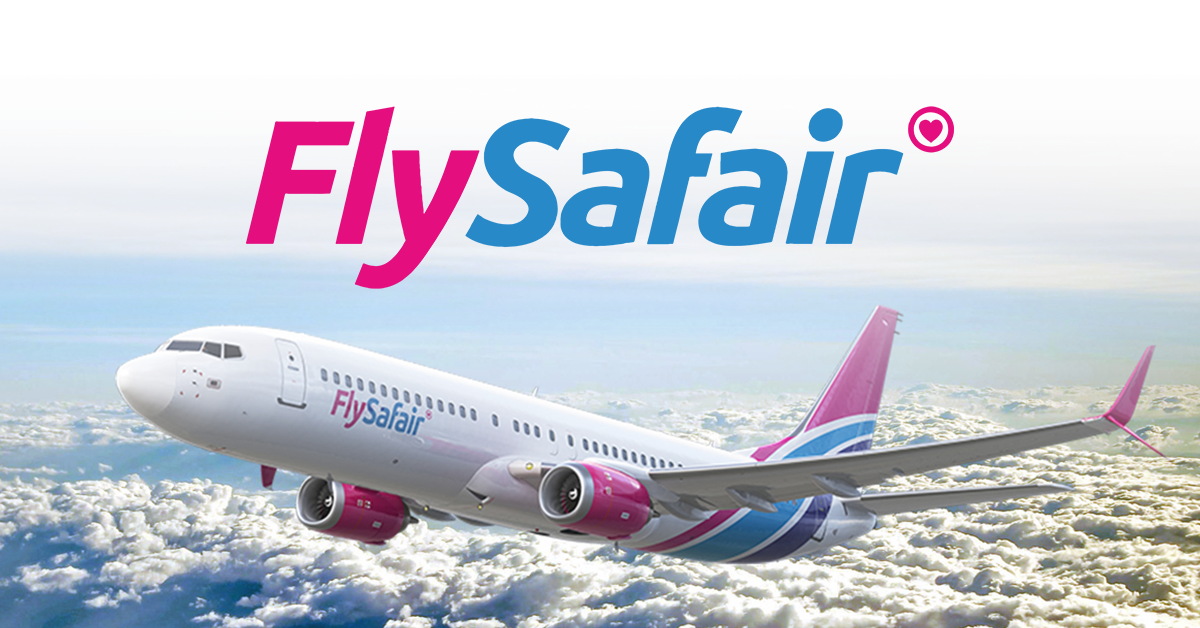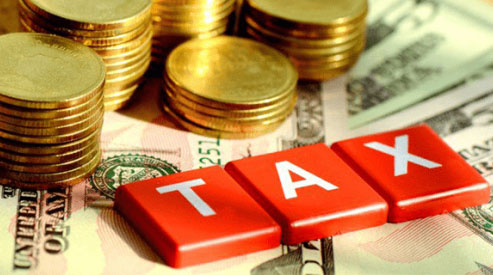Economists call for tax free threshold review
THE Treasury should consider an urgent review of the tax-free threshold to restore consumer purchasing power and boost aggregate demand, which have been eroded by the continued depreciation of the local currency and the recent price escalation, economic analysts have said.
While the Government traditionally presents a national budget review around July to August each year, economists say the need to cushion a majority of workers who earn salaries in Zim-dollar and facilitate vibrant business activity must be addressed in the short term.
Given the exchange rate losses of the local currency experienced since March this year, experts say the Government would likely come up with a supplementary budget to cater to inflation adjustment levels and movement in prices due to speculative market forces.
Already the exchange rates have seen the local dollar value tumbling to $3 675 against the United States dollar from about US$1:ZWL$1 070 early last month.
The tax-free thresholds on local currency were last reviewed from ZWL$600 000 per annum (or ZWL$50 000 per month) to ZWL$900 000 per annum (or ZWL$75 000 per month). The tax bands were capped at ZWL$12 million above which tax will be levied at a rate of 40 percent while tax free bonus was pegged at $500 000 from $100 000.
However, in view of the rapid economic changes and inflation rates, there have been growing calls by workers across all sectors for an upward review of the thresholds to reflect the prevailing economic developments.
This means the ZWL$4,5 trillion 2023 national budget for this has also been affected as the exchange rate upon which it was based ($750-850/US$1) has virtually been overtaken by events and now stands above 3 000 to the US-dollar and more on the parallel market.
Commenting, economist with the National University of Science and Technology (Nust) Department of Banking and Investment Promotion, Mr Stevenson Dlamini, said reviewing the tax-free threshold would cushion citizens against the effects of unfavorable economic conditions such as inflation and exchange rate depreciation.
“Therefore, given this background, it suffices that the current tax-free threshold at ZWL$75 000 per month and ZWL$900 000 per annum, have since been undermined by the escalating inflation rate and depreciation of the exchange rates,” he said.
“There is, therefore, a need for the authorities to review these and index them to the inflation rate so that consumers’ incomes can retain their purchasing power and “no one is left behind”.
Mr Dlamini said the public anticipates a supplementary budget to compensate for the erosion of value by inflation.
“There is an expectation from the general citizens of a supplementary budget to compensate for the erosive effects of inflation, which have drastically undermined the initial budget allocations,” he added.
Banking expert and Bulawayo businessman, Mr Morris Mpala, weighed in saying while it might be difficult to gauge a realistic tax-free threshold figure, as a starting point could be US$300,00.
“So, I feel US$300,00 or its equivalent based on a blended exchange rate between parallel and auction rate will be a starting point. This is a moving target,” he said.
On a supplementary budget, Mr Mpala said it is inevitable as the budget votes have been wiped out by inflationary pressures.
“That is a given because all budget votes have been wiped out as we speak from the time budgets were allocated last year. Allocations have been depleted in some instances before use due to inflationary pressures,” said Mr Mpala.
Contacted for comment, development economist Dr Prosper Chitambara was of the view that tax bands should be pegged in US dollars.
“The solution could be to benchmark the tax-free thresholds in United States dollars and payable at the prevailing exchange rate,” he said.
Consumer Council of Zimbabwe’s southern region manager, Mr Comfort Muchekeza, said there is a need for upward review of tax-free thresholds.
“Workers are very correct and we are in support of them, when it was reviewed to ZWL$75 000 per month, how much was it to the USD and is it the same today, if not something has to be done,” he argued.
“The other issue is also of the official USD rate, are consumers enjoying and benefiting from the official rate when buying goods and services or the rate is divorced from what’s on the ground?”
According to the Zimbabwe National Statistics Agency (ZimStat), in May, the country’s month-on-month inflation rate jumped to 15,7 percent after gaining 13,3 percentage points from about 2,4 percent recorded in April.
The recent rapid depreciation of the Zimbabwe dollar against the greenback has been cited as a major factor, a situation that has resulted in the loss of consumer purchasing power, prompting authorities to adopt drastic measures to restore macro-economic stability.
This comes at a time when most traders are now preferring to transact in the US dollar, in return, thereby impacting prices and business cost structures.
The month-on-month inflation rate is a critical economic indicator that is derived from the percentage change in the index of the relevant month compared with the index of the previous month.
Total Consumption Poverty Line (TCPL) for one person was $39 927,00 in May. The TCPL is derived by adding the non-food consumption expenditures of poor households to the FPL.-chronicle










